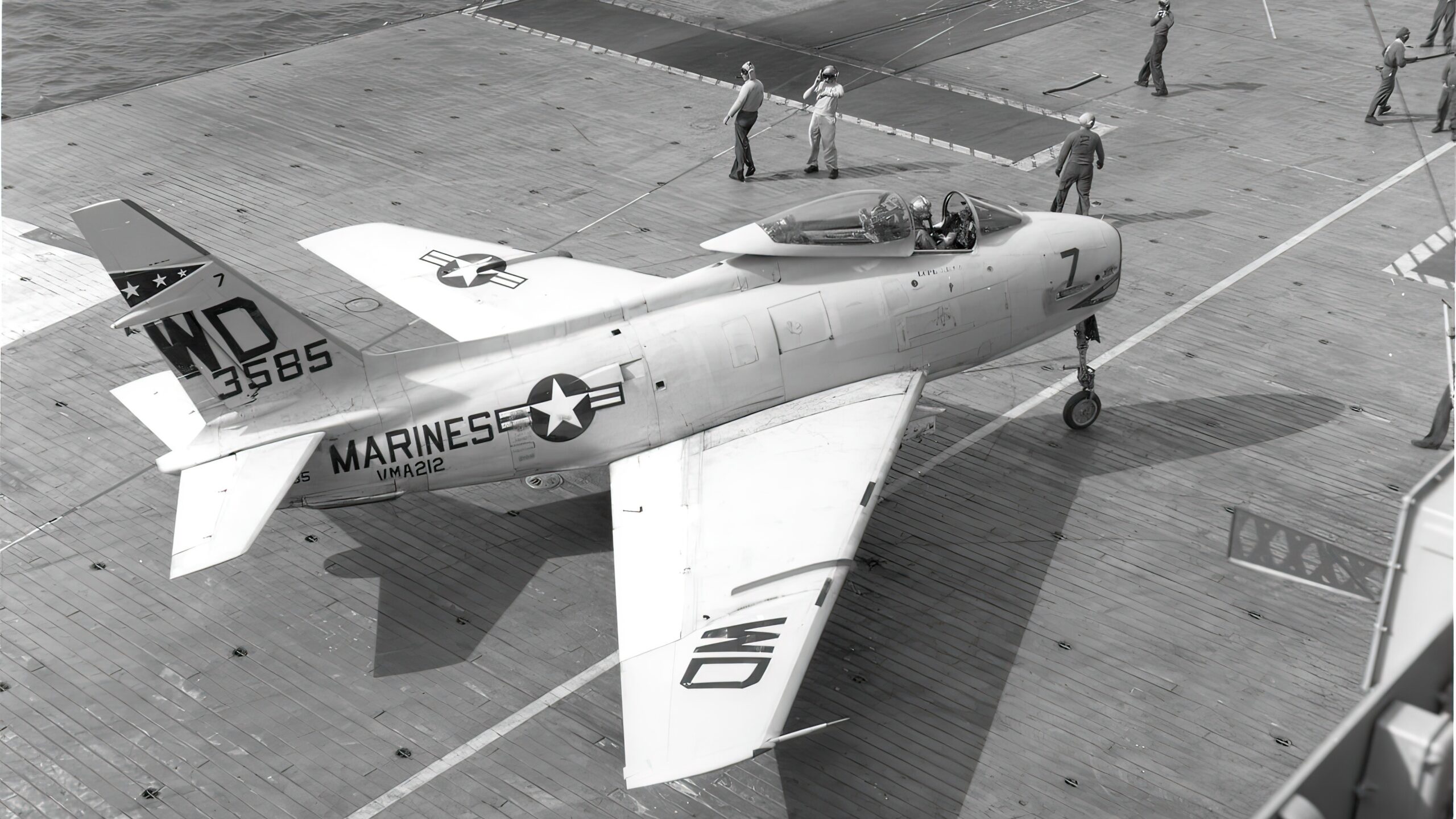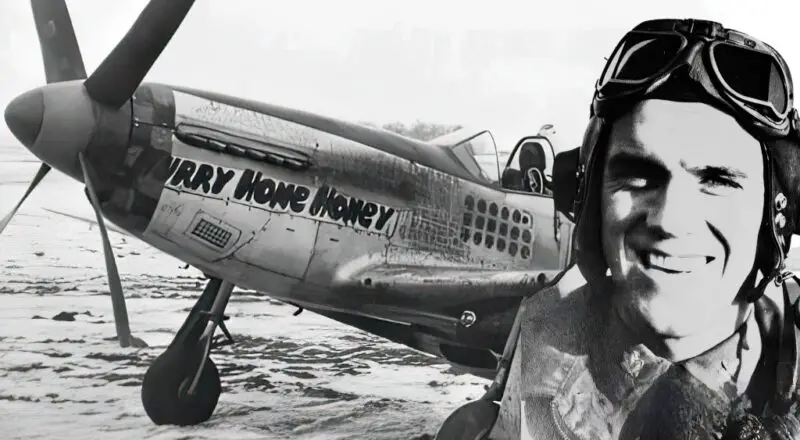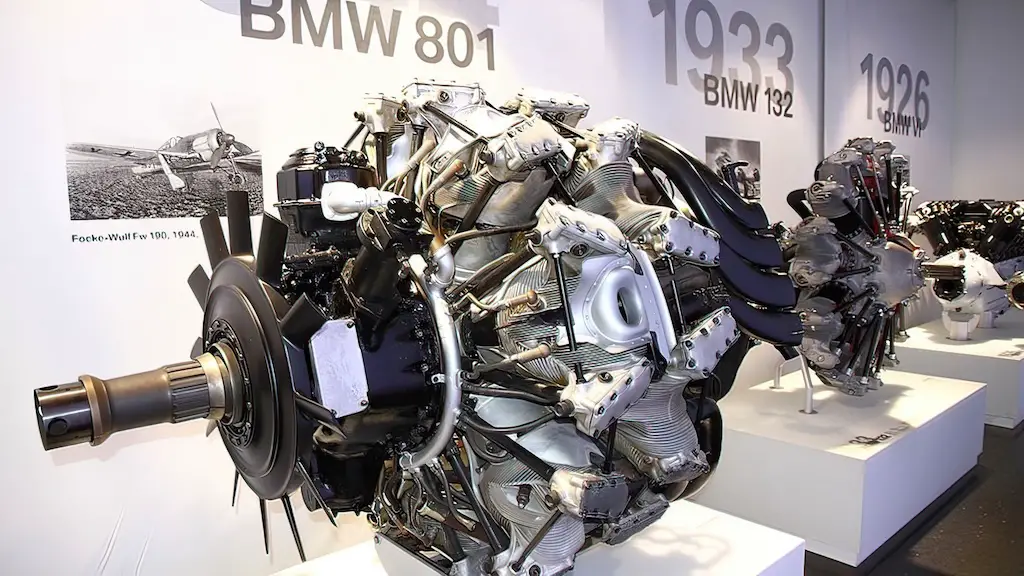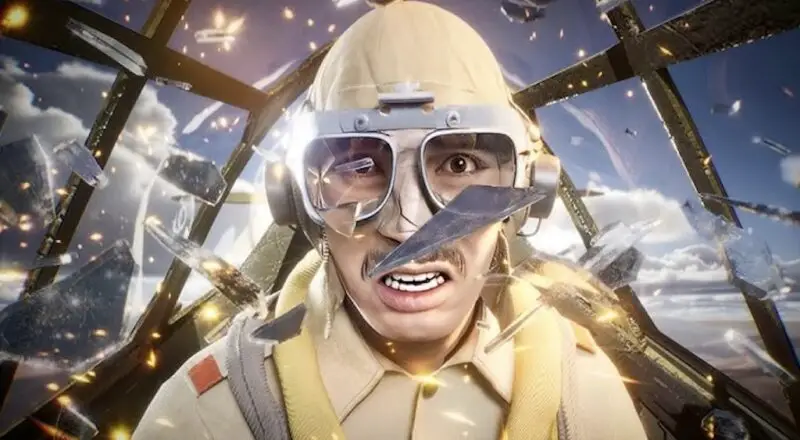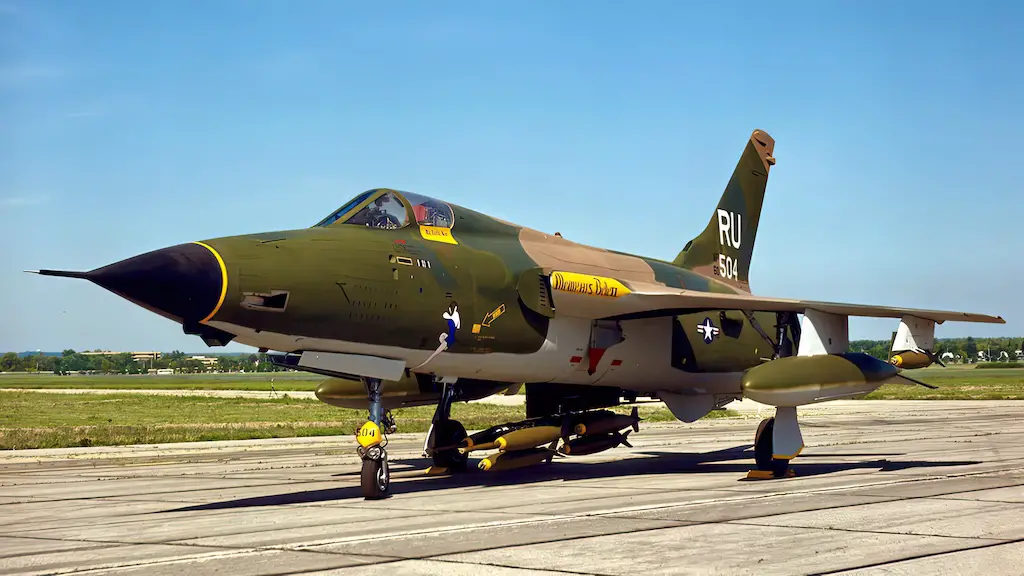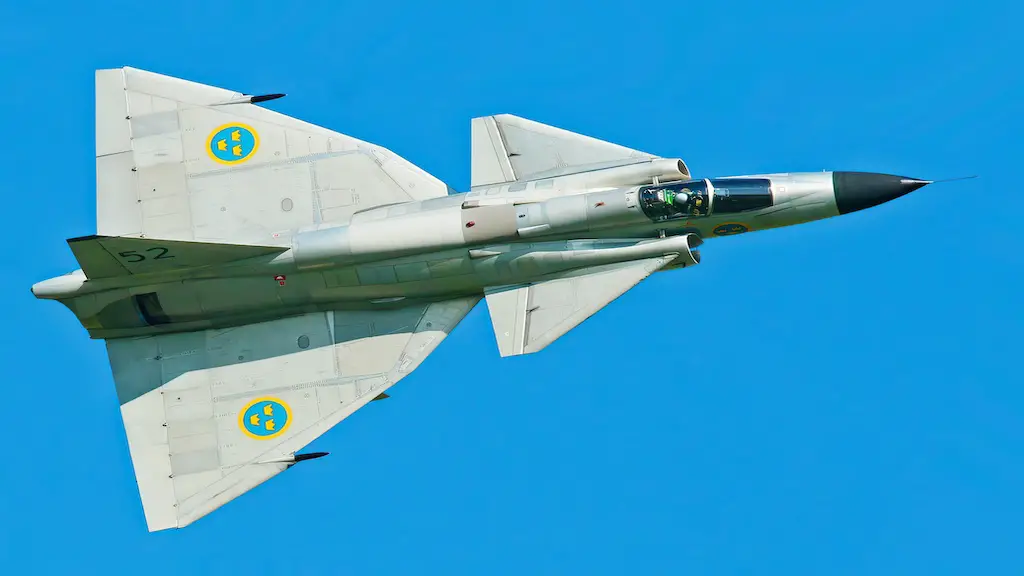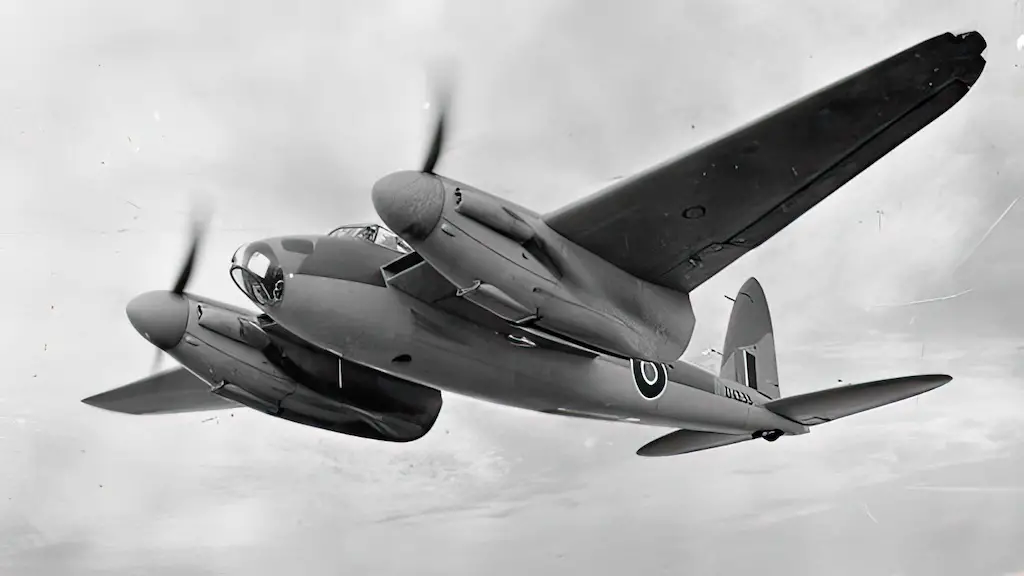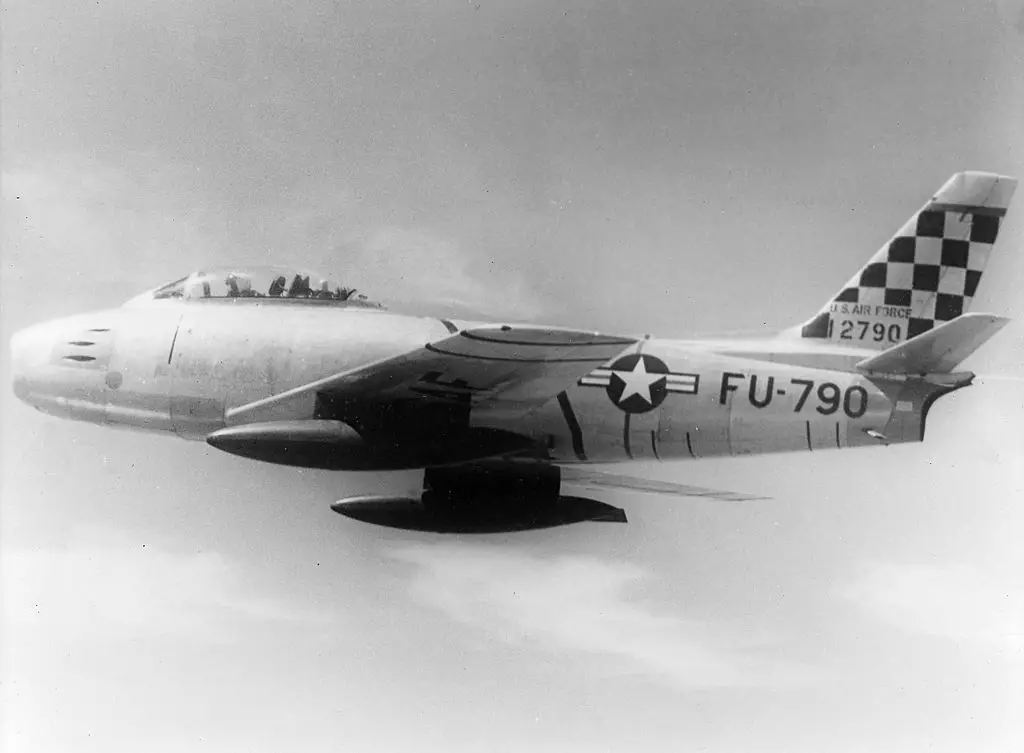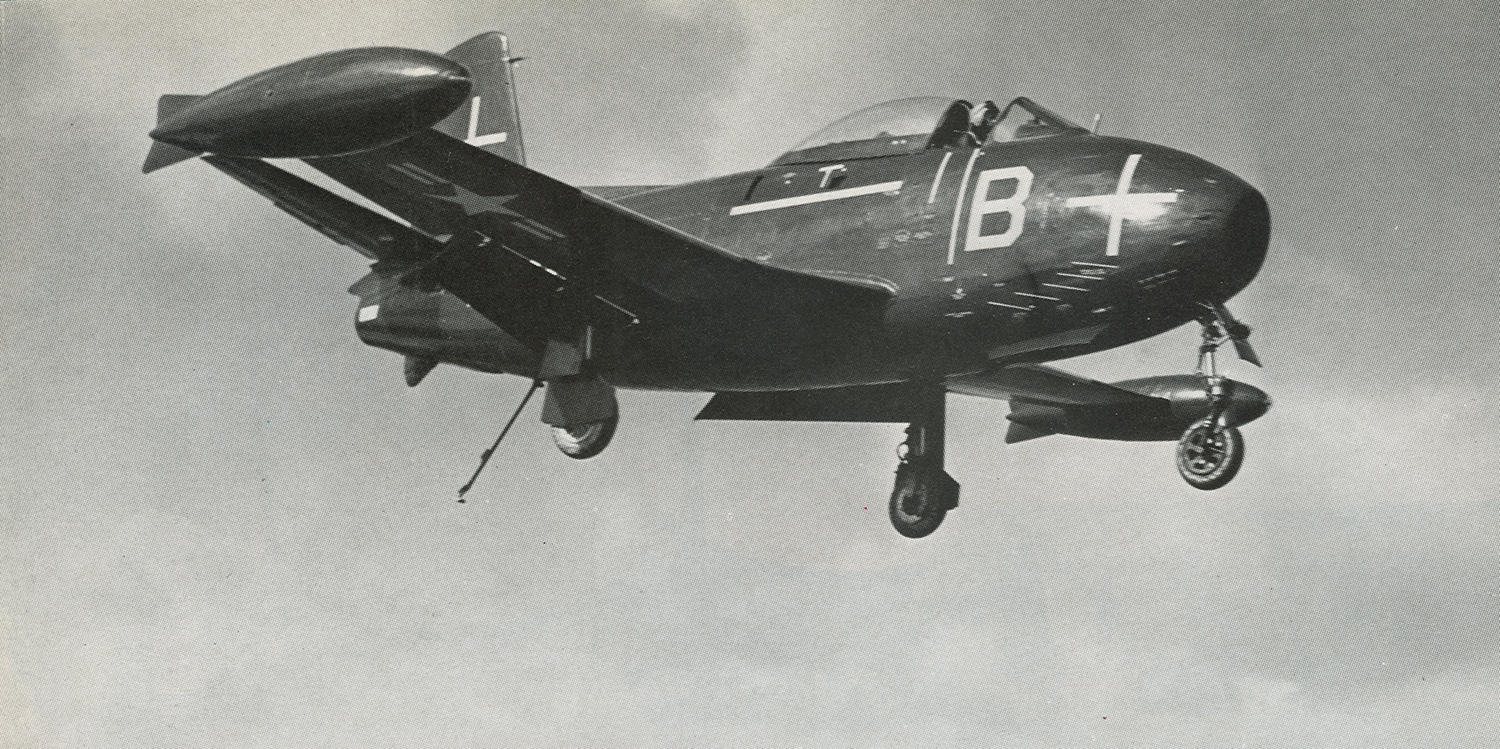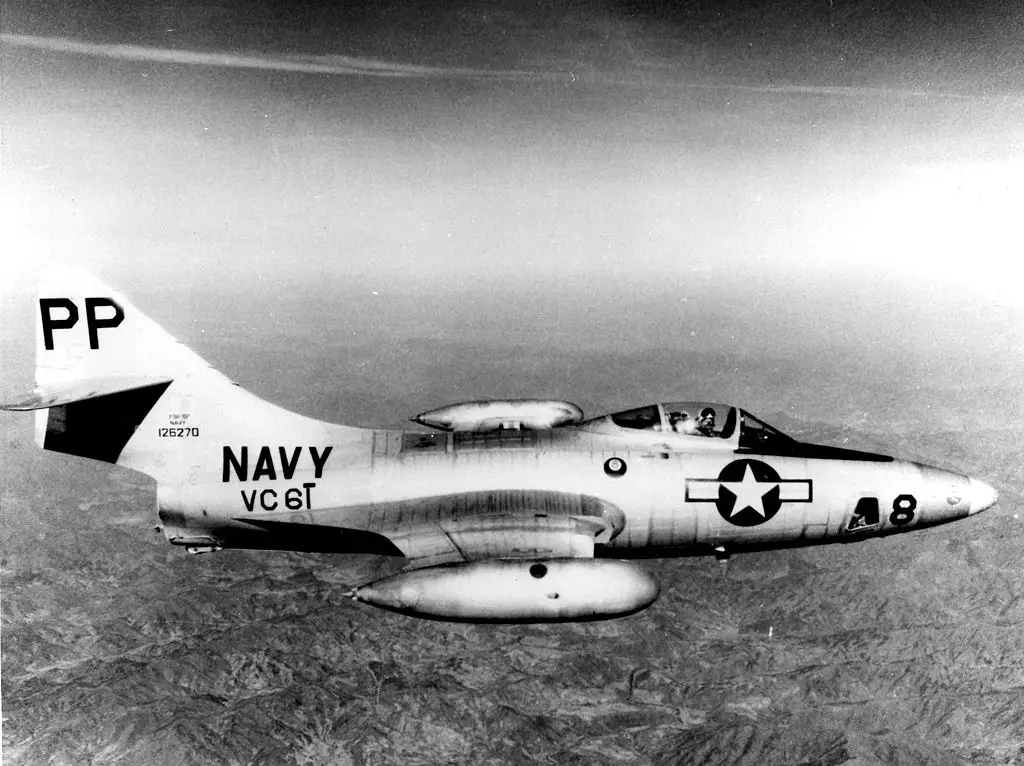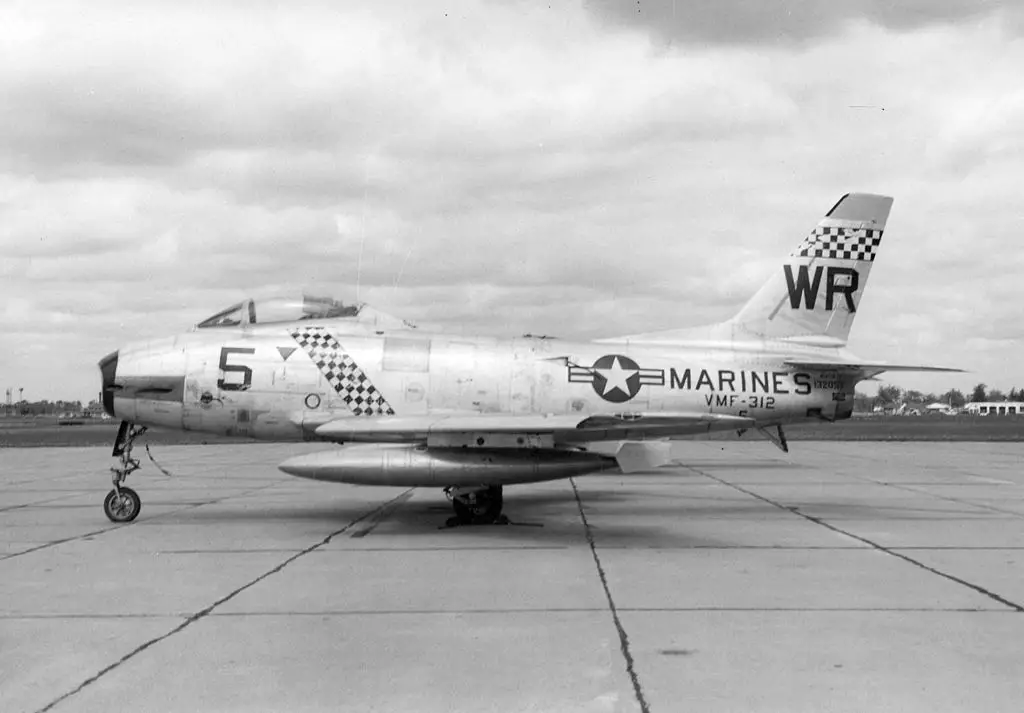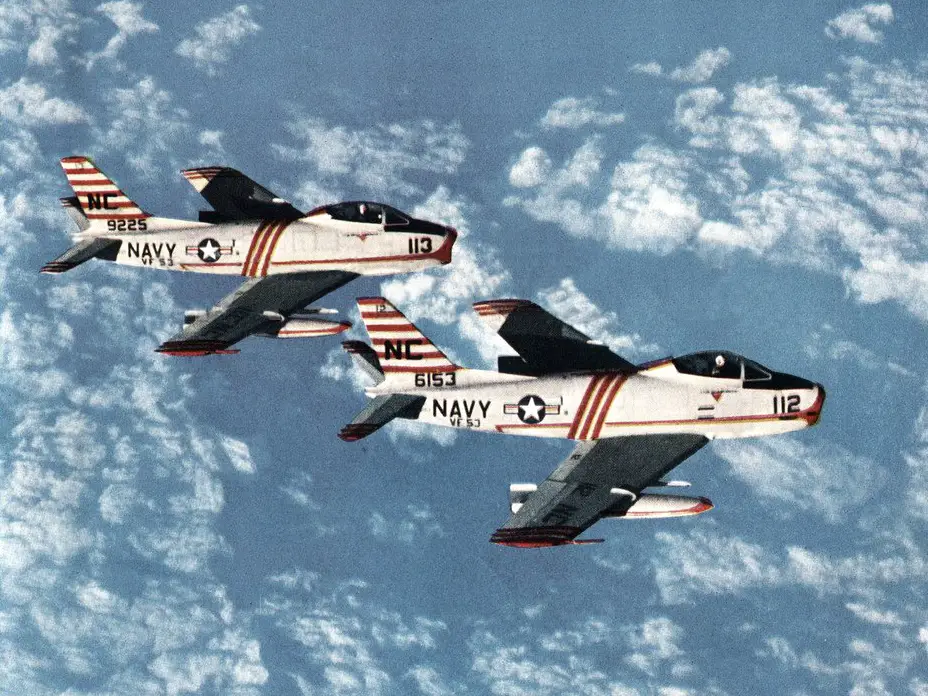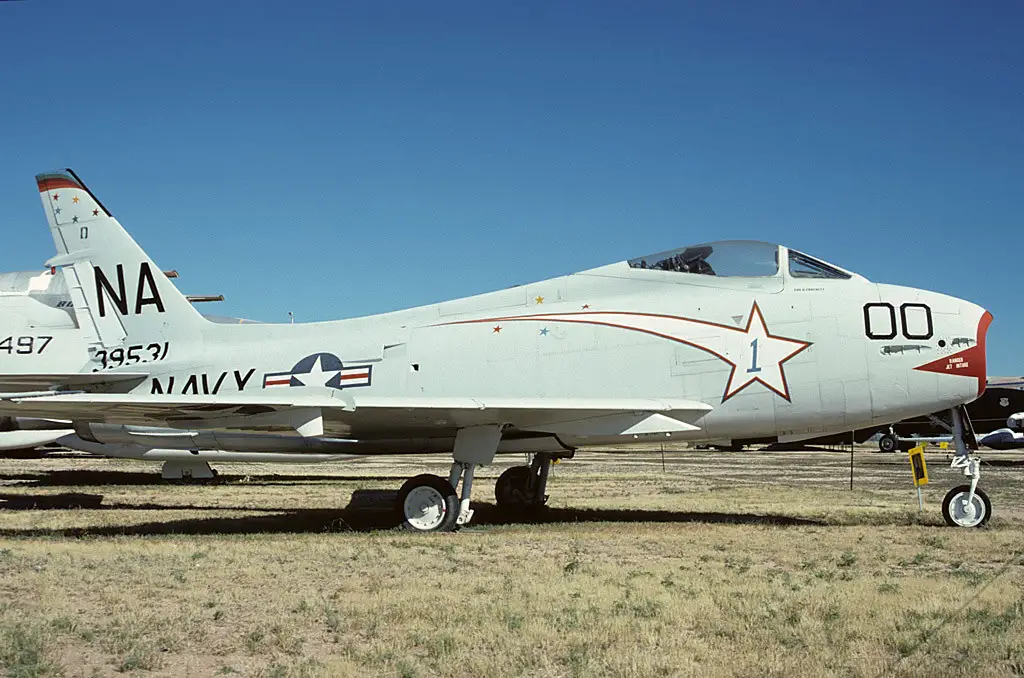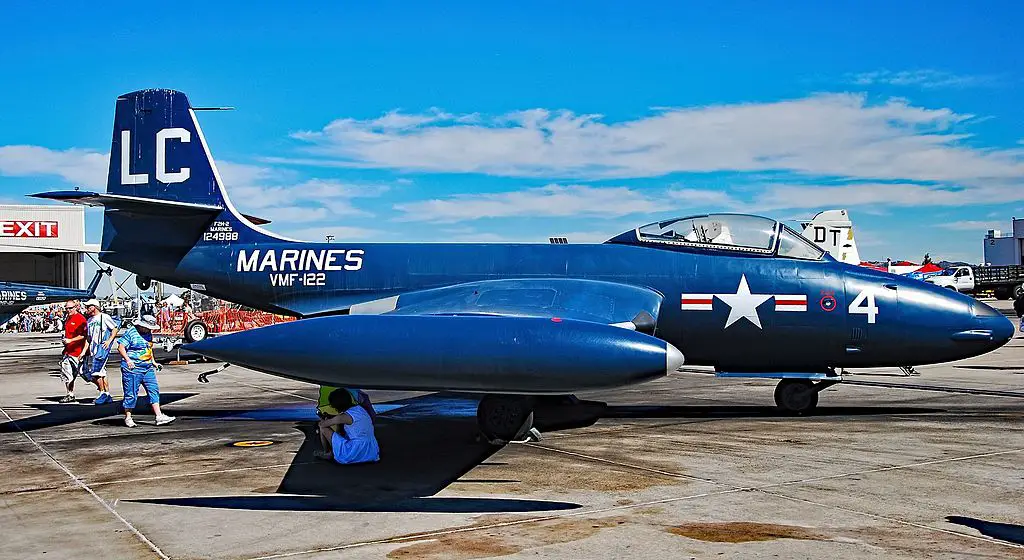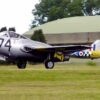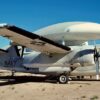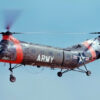The North American F-86 Sabre is a legendary aircraft of the earlier 1950s, which served successfully with the United States Air Force in Korea and with many foreign air forces around the world in the following decades. Like many successful designs, the Sabre has given life to a whole family of different modifications and derivatives. Among them are the F-86’s navalized versions: the FJ-2, FJ-3, and FJ-4. Collectively known as FJ Fury series, these aircraft were instrumental in the US Navy’s transition from piston-engine fighters of WWII and early straight-winged jets to newer and faster swept-wing jet fighters.
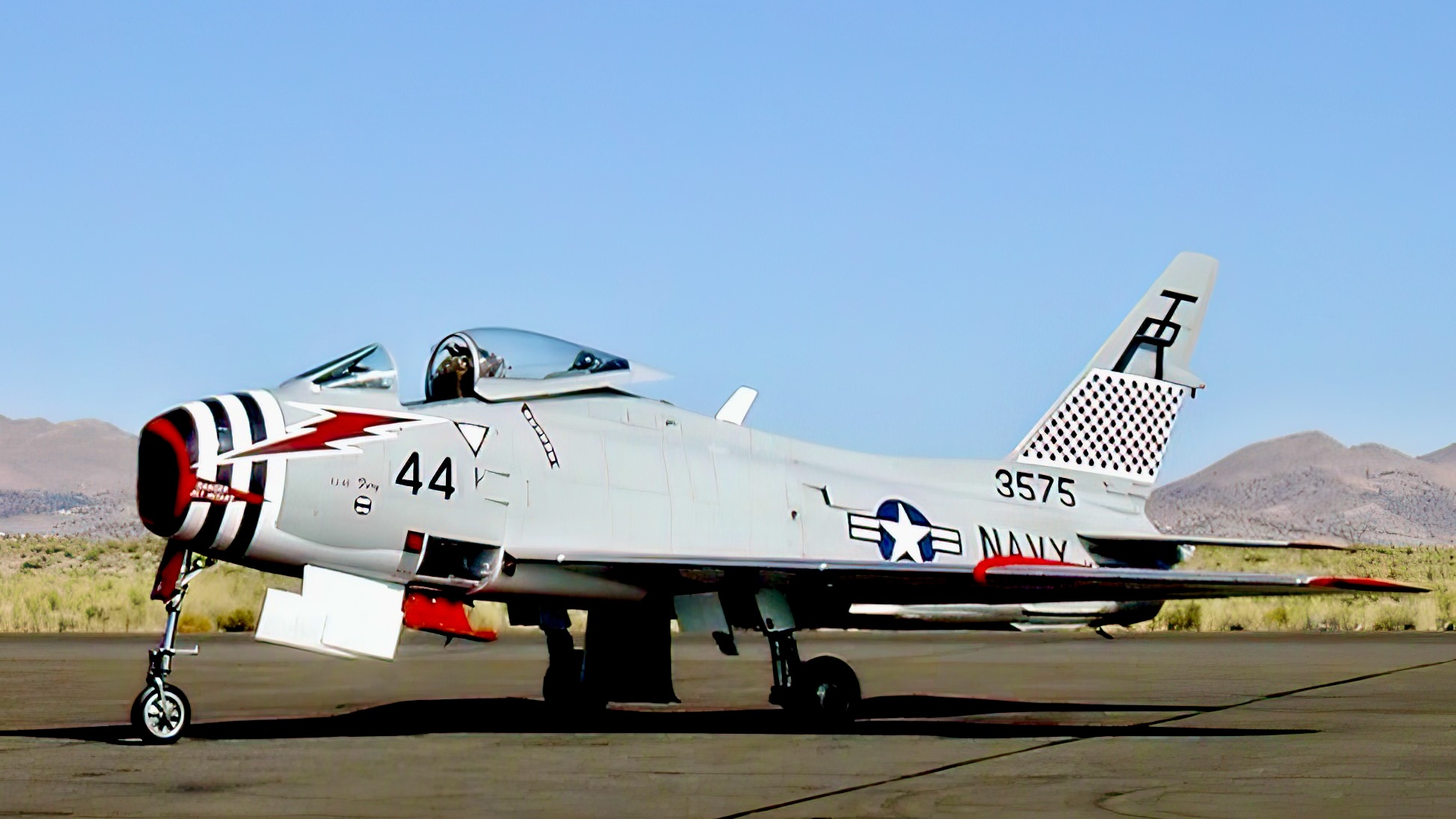
Borrowing Sabre from USAF
By the early 1950s, US aircraft manufacturers were already working on new swept-wing fighters for the Navy that would replace in service the straight-winged McDonnell F2H Banshee and Grumman F9F Panther. But they weren’t ready just yet. So, in the meantime the Navy chose to borrow an already proven swept-wing fighter design initially developed for the US Air Force and adapt it to naval service. The best USAF had in stock at the time was the Sabre, so the USN selected it as an interim solution until new purpose-designed naval fighters were ready.
It’s worth noting that the Sabre itself was based on the FJ-1 Fury, the first jet fighter made by North American for the Navy in the amount of 33 airframes. Of course, the F-86, as well as the FJ-2, FJ-3, and FJ-4 are so different from the straight-winged FJ-1 that the latter is usually not even considered a part of the series. Nevertheless, it’s fair to call the FJ-1 the ancestor of the F-86 Sabre and its sea-faring brothers.
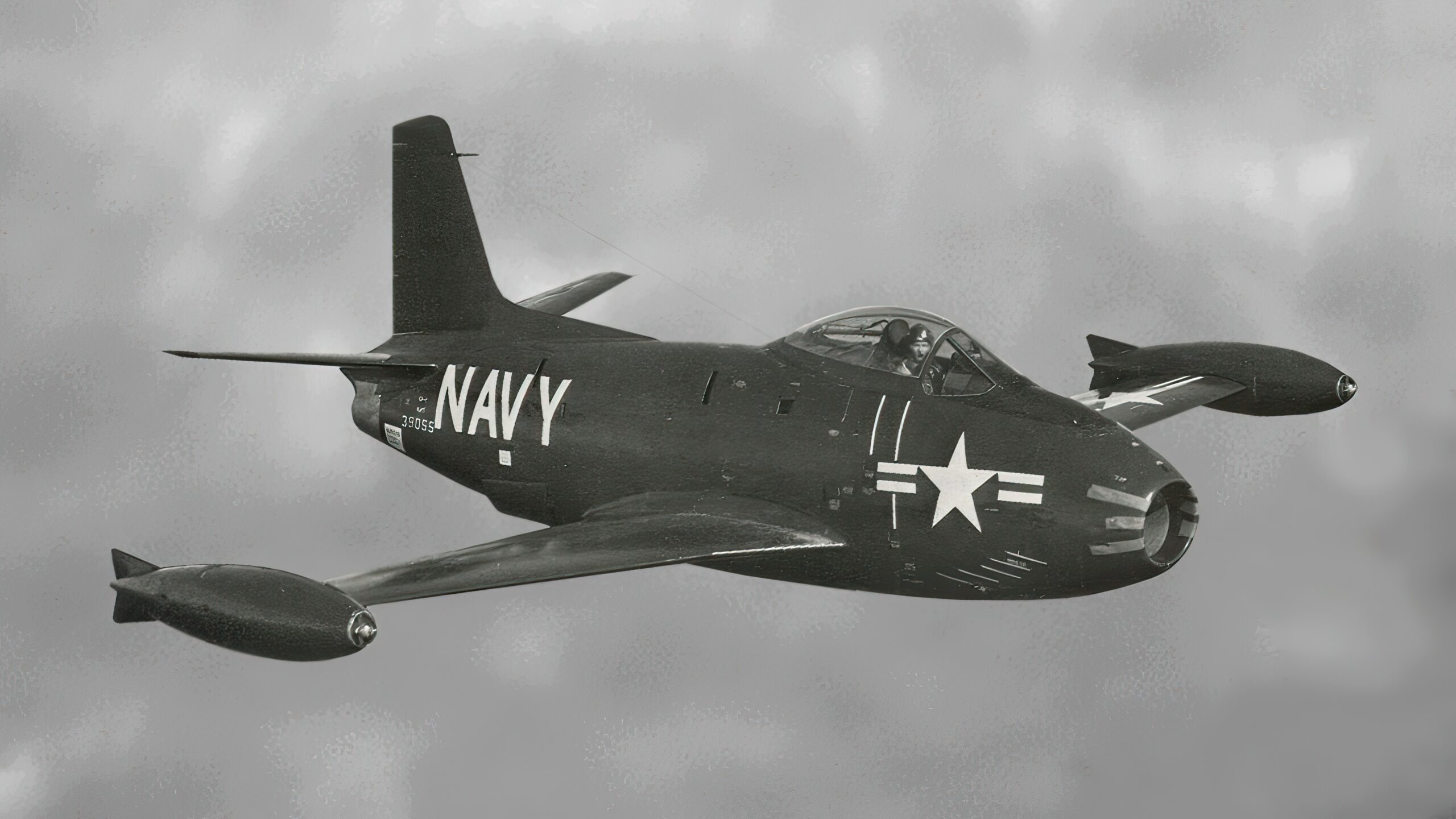
FJ-2: Getting Sabre on board
To adapt the Sabre to naval service North American made several adjustments to the F-86E, the latest USAF version of the fighter. First of all, the new aircraft got folding wings to occupy less space on the deck. It also received a lengthened nose gear and, naturally, an arrestor hook. The FJ-2 also had a different set of weapons: instead of the original Sabre’s six machines guns, the naval fighter carried four 20 mm cannons. This early Fury still had some problems in carrier operation, so all of the FJ-2s produced went to the US Marine Corps for use from land bases.
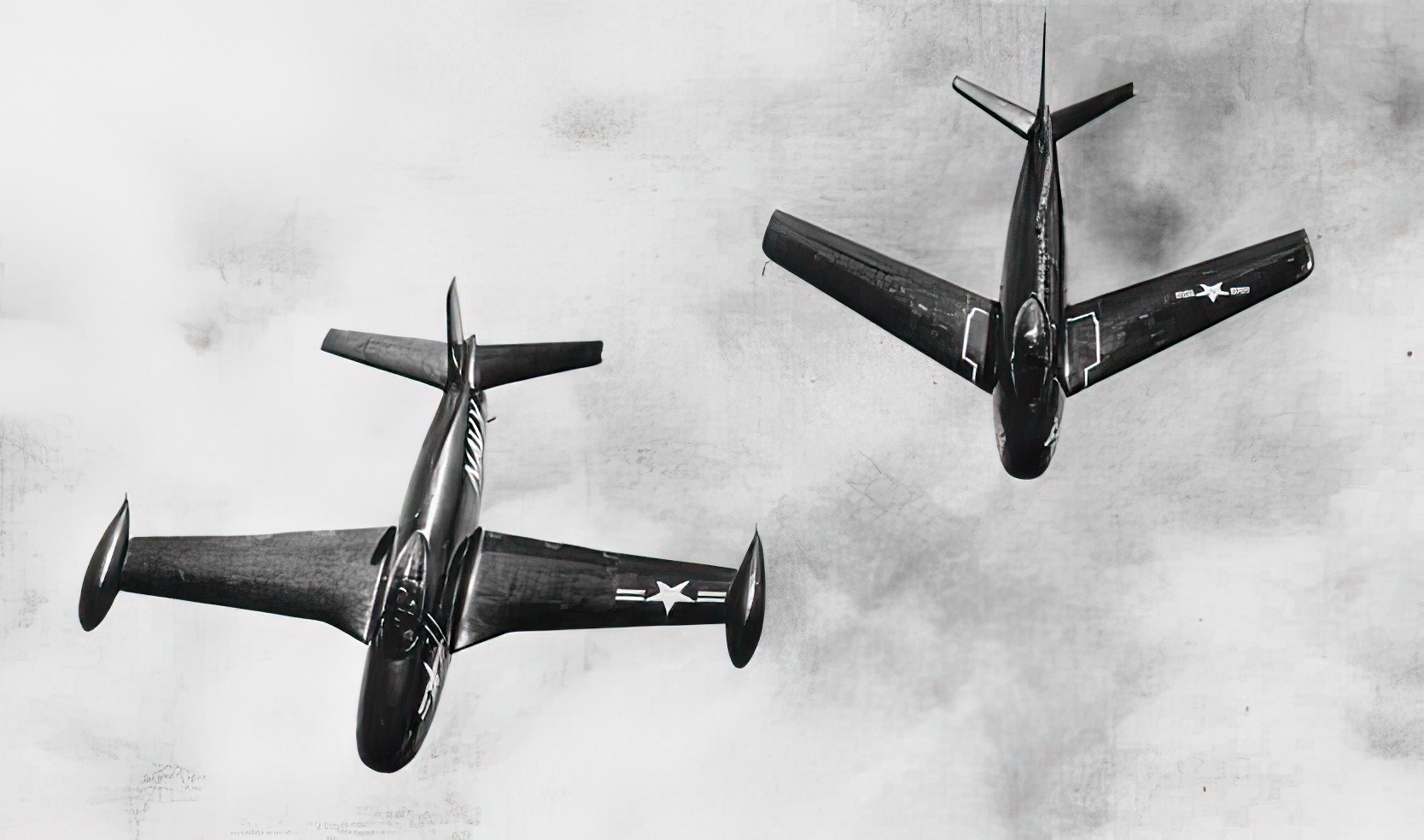
FJ-3: Sabre with some British spice
Having evaluated the FJ-2 experience, the Navy figured they preferred their Sabre to have more thrust. So, the USN ordered the next several hundred airframes with more powerful engines. To fulfill that requirement North American replaced the original 6,000-lbf General Electric J47 with a 7,700-lbf British Armstrong Siddeley Sapphire engine built under license by Curtiss-Wright as Wright J65. The installation of a new engine also entailed slight changes to the air inlet and fuselage design. This variant was designated as FJ-3.
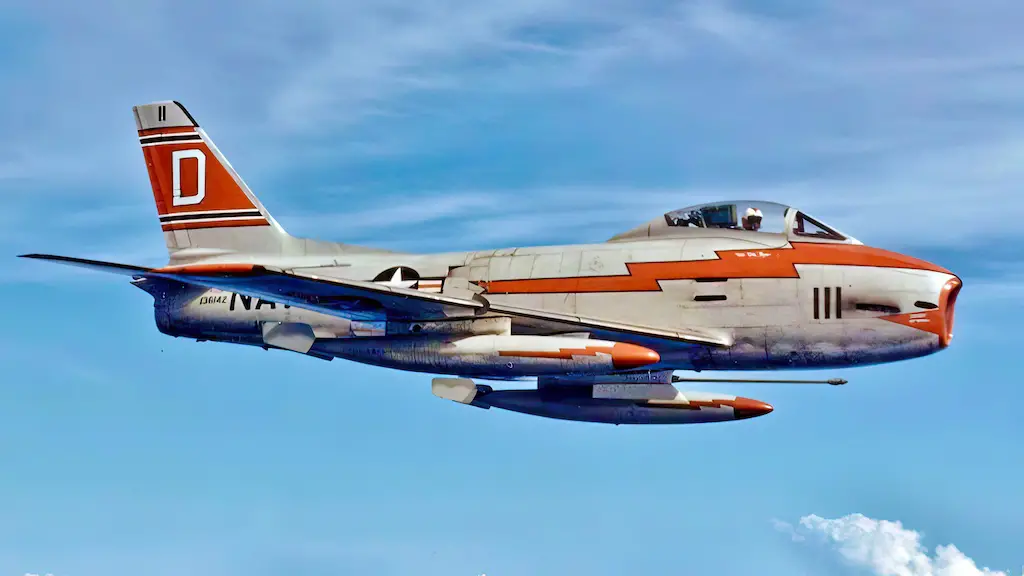
FJ-4: a far cry from Sabre
The next iteration in the Fury series evolution was the FJ-4. It was a major redesign effort that added a new fuselage and wings to the changes previously applied to the FJ-2 and FJ-3. The resulting airplane thus differed from the original Sabre almost to the point of being an entirely new aircraft. The “Fury Four” featured thinner tail surfaces, thinner and wider area wings, and a 50 percent increase in the capacity of internal fuel tanks. A fighter-bomber variant of this aircraft, the FJ-4B, could use the Bullpup standoff missile and was also equipped with the Low-Altitude Bombing System (LABS), allowing it to toss tactical nukes. The FJ-4 proved to be the best-adapted for carrier-based operations among all the Furies.
The Navy had received only a handful of Furies by the time armistice was signed in Korea in July 1953. So, none of the Furies ever went to war. The hottest of the type’s deployments amid the ongoing Cold War was its participation in the 1958 Lebanon crisis, where Furies flew cover for the US intervention forces. Still, the series proved to be very reliable and capable aircraft, remaining in service well into the 1960s, at a time when radically new aircraft designs appeared every a few years. Overall, North American supplied over 1,000 of these planes to the US Navy and US Marine Corps.
